Ceramic ball use?
First of all, the use of ceramic balls is classified according to the type of ceramic balls, because the use of different types of ceramic balls is different. Ceramic balls are mainly divided into grinding ceramic balls and packing ceramic balls.
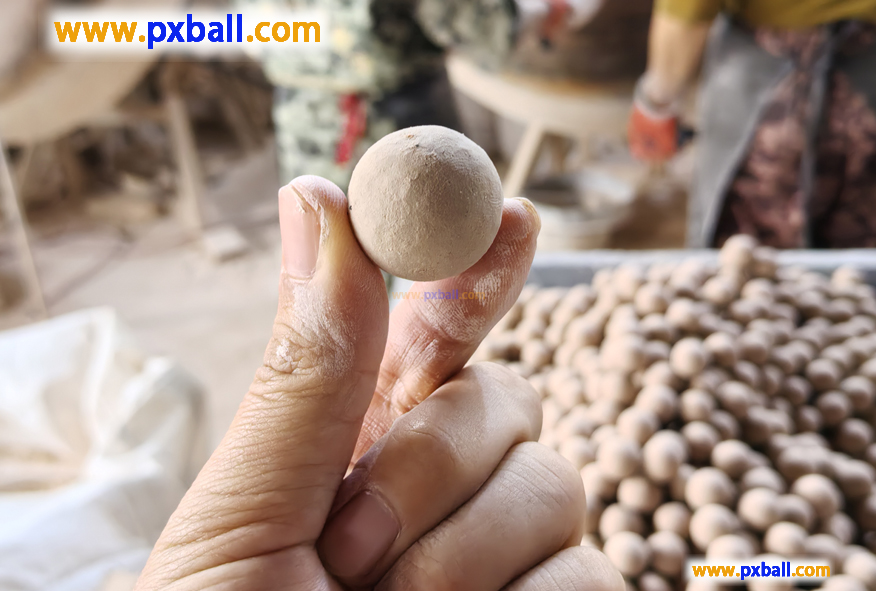
Ceramic ball details
1, filler with inert alumina ceramic ball: by high quality chemical China clay raw materials processing, has good chemical stability and mechanical strength, strong corrosion resistance. Widely used in petroleum, chemical, fertilizer, natural gas and environmental protection industries, as a catalyst in the reactor covering support material and tower packing, the main role is to increase the gas and liquid distribution point, support and protect the strength of the active catalyst is not high.
2, grinding ceramic ball: such as zirconia ceramic ball, silicon nitride ceramic ball, alumina grinding ceramic ball, etc., is the ideal grinding body for fine grinding equipment such as ball mill, pot mill, vibration mill.
How to choose the ceramic ball that suits your needs?
Ceramic balls for packing: The selection of inert packing ceramic balls should comprehensively consider chemical stability (corrosion resistance, chemical composition compatibility), physical properties (size and shape, mechanical strength, density), surface characteristics (surface roughness, porosity and specific surface area), temperature adaptability, cost and other factors.
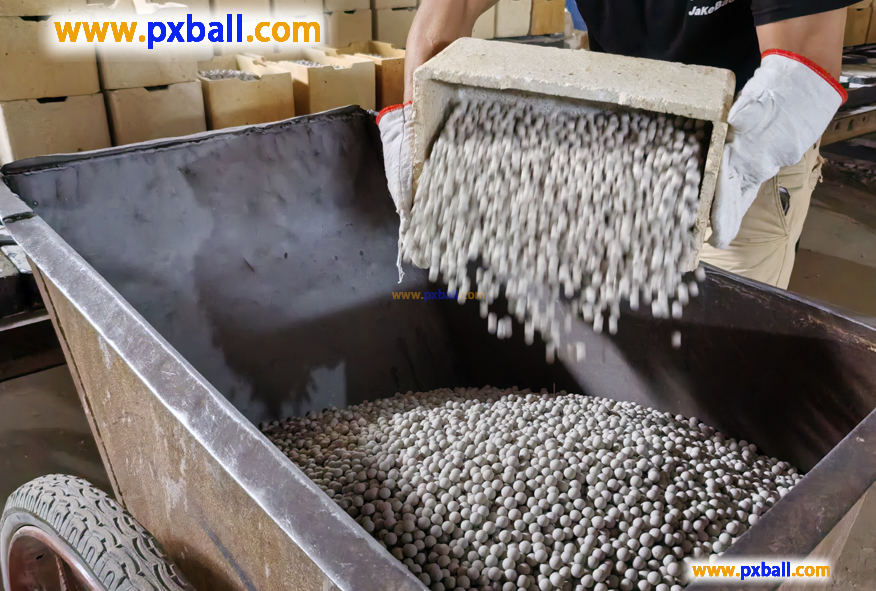
Ceramic balls for grinding: the hardness, wear resistance and density of ceramic balls need to be considered. High hardness ceramic balls such as zirconia ceramic balls, silicon nitride ceramic balls, grinding efficiency is higher, can effectively shorten the grinding time; Good wear resistance can reduce the wear of ceramic balls and reduce the cost of use; High density ceramic balls can produce greater grinding force when grinding, but the load on the equipment is also relatively large. For example, in the cement industry, alumina ceramic balls with moderate hardness and density are usually selected as grinding media.
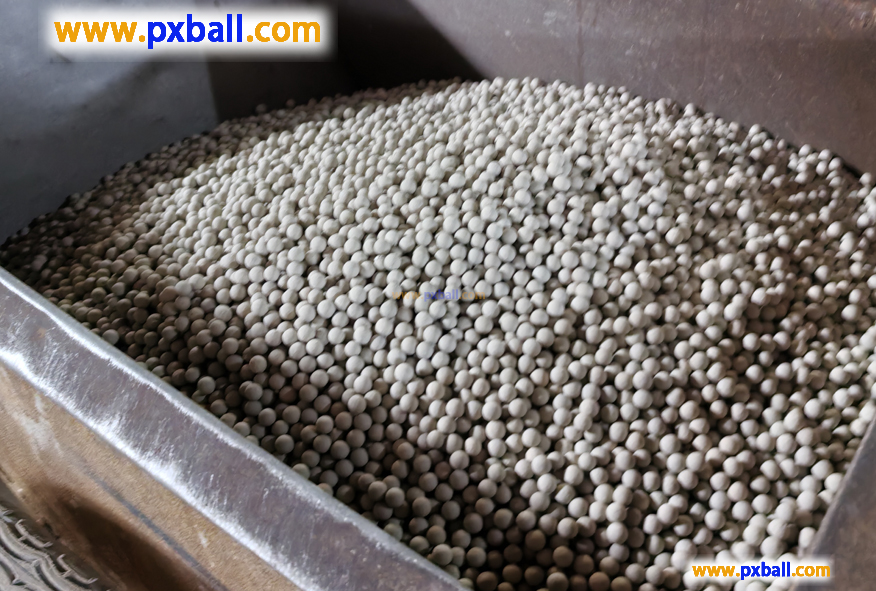
Packing ceramic ball use:
Support: In a reactor, the catalyst is usually in powder or granular form and requires support to keep it in place within the reactor. Inert packed porcelain balls have high mechanical strength and stability, can withstand the weight of the catalyst, ensure the uniform distribution of the catalyst in the reactor, prevent the catalyst from stacking together due to gravity, affecting the reaction.
Covering protection: The liquid and gas in the reactor may have an impact on the catalyst when entering, resulting in wear and crushing of the catalyst. Inert packing porcelain balls can be covered on the surface of the catalyst, buffer the impact of liquid and gas, protect the catalyst from damage, thus extending the service life of the catalyst.
Improved gas-liquid distribution: The presence of porcelain balls can make the liquid and gas distribution in the reactor more uniform, improving the efficiency and selectivity of the reaction. It can increase the distribution point of gas or liquid, so that the reaction material and the catalyst are more fully in contact, and promote the progress of the reaction
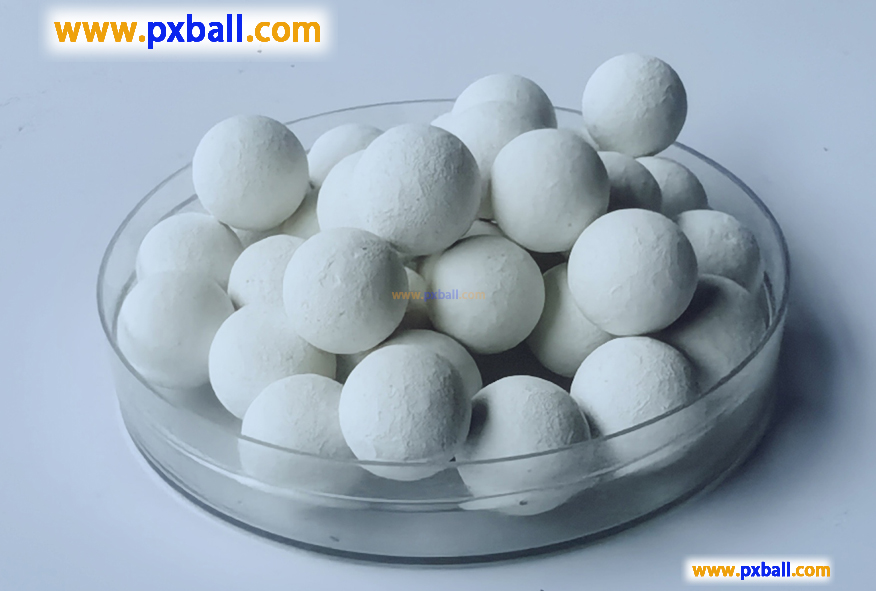
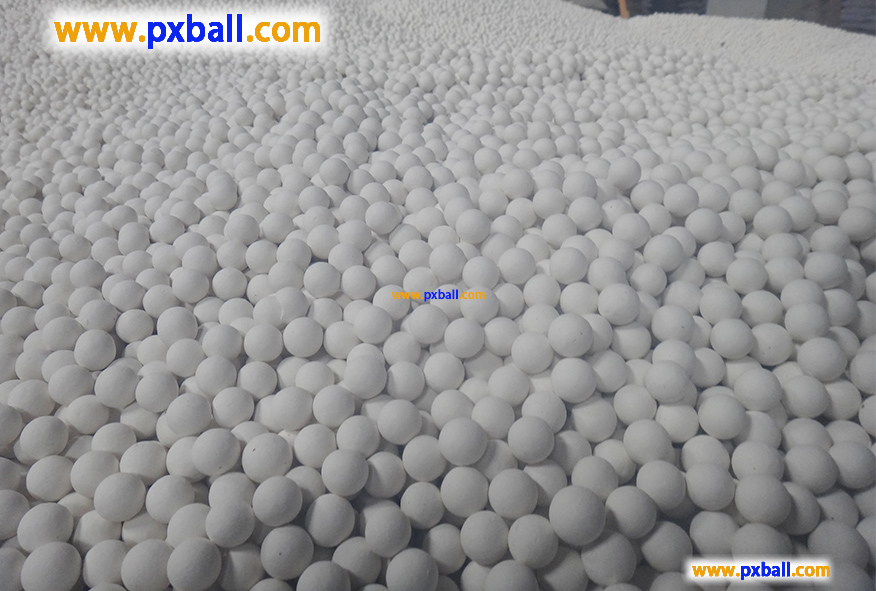
Catalyst Inert Ceramic Packing Process
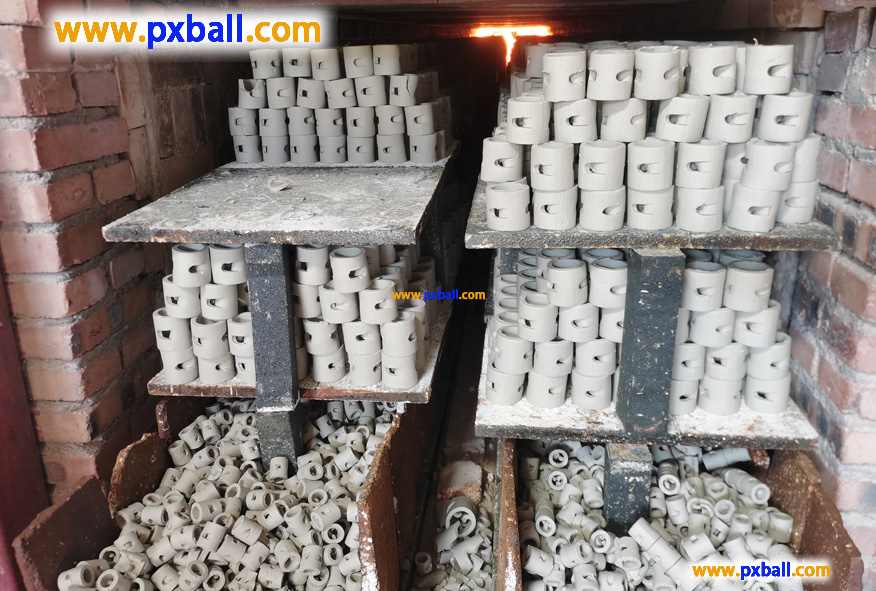
Is ceramic an inert waste?
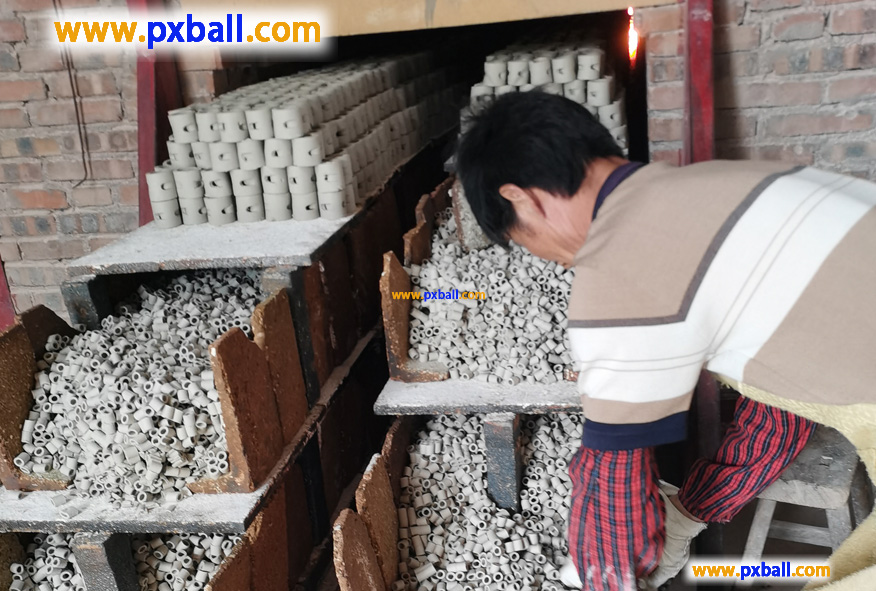
Are ceramics chemically inert?
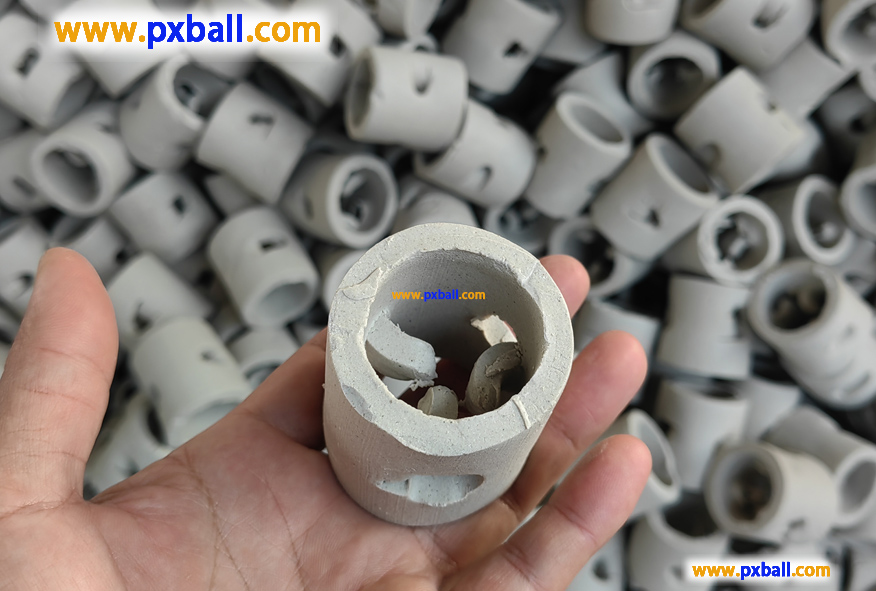
What is inert ceramics?
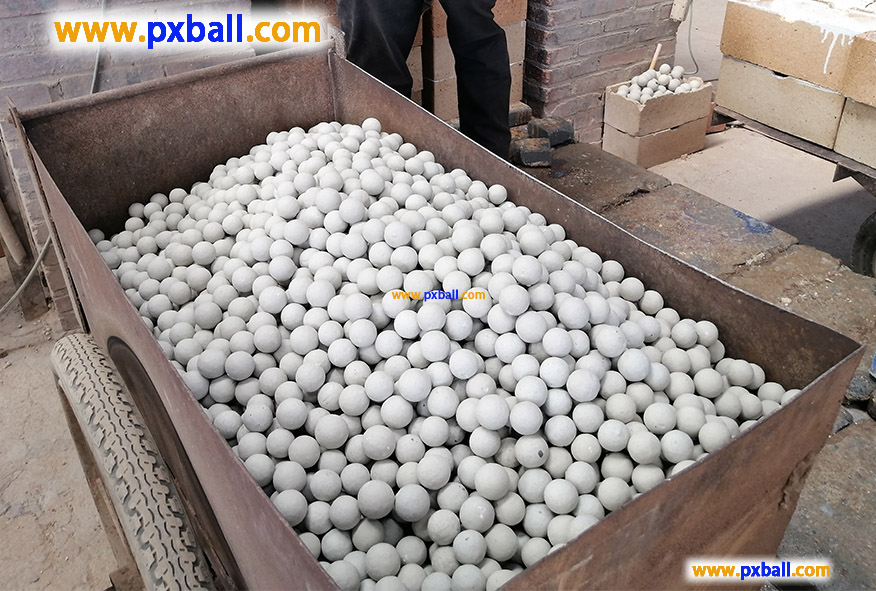
inert alumina ceramic ball density

Why do inert ceramic balls emphasize the level of aluminium content?
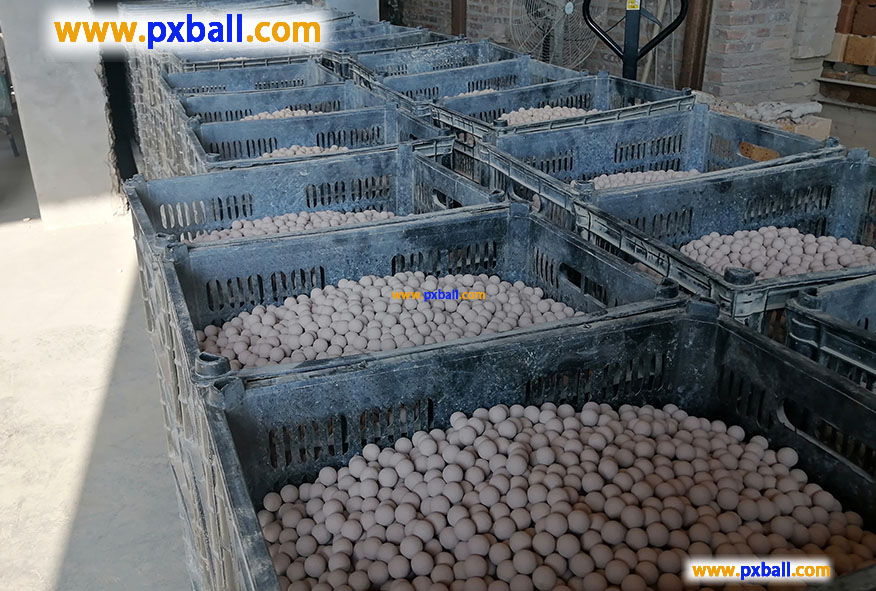
What are alumina ceramic balls used for?
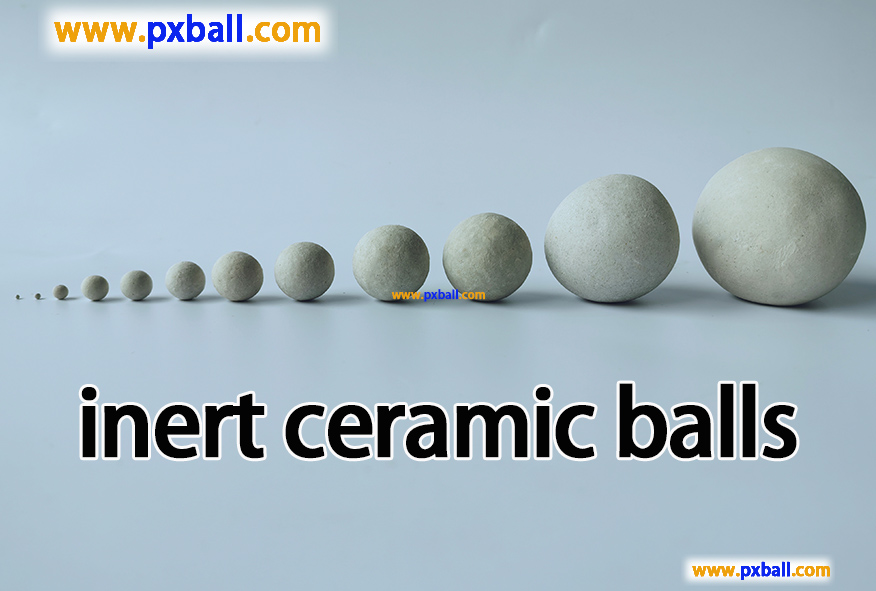
What is inert ceramic ball?